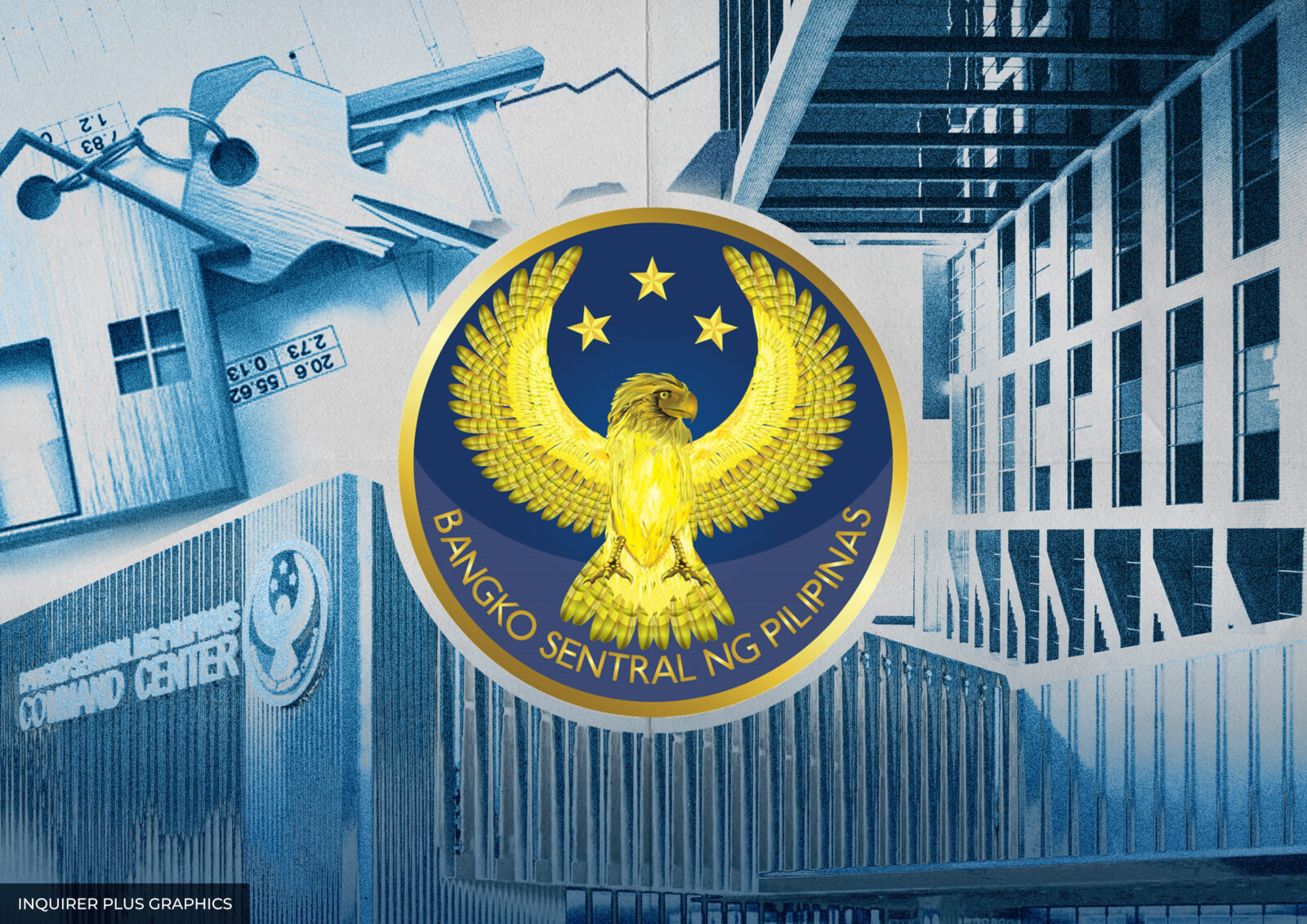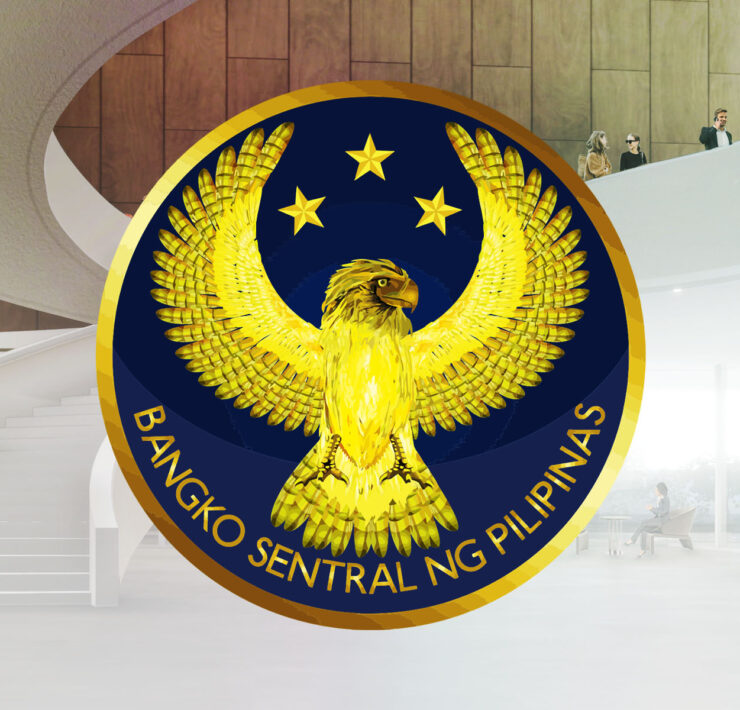BSP seeks tighter rules for payment system reporting lapses

The Bangko Sentral ng Pilipinas (BSP) is seeking tougher penalties for payment system operators that fail to meet regulatory reporting standards, aiming to strengthen a key data source the central bank relies on to gauge the state and reach of payment services in the country.
The BSP is currently soliciting feedback from stakeholders on a draft circular that would amend reporting requirements for these operators, which include banks, e-wallet providers and payment gateways that operate platforms facilitating fund transfers. Industry comments will be accepted until Nov. 21.
The BSP uses the data from such reports to assess the reach and effectiveness of the products and services that payment solution providers offer to the public. Under the draft circular, a regulatory report that fails to meet BSP reporting standards will be subject to a daily penalty for each day the violation persists until the report is deemed compliant.
Reports submitted on or before the deadline but found noncompliant will be granted a one-time opportunity for resubmission within the same reporting cycle, provided the revised report is filed before the deadline.
Large banks could face fines of up to P3,000 per day of noncompliance, while digital banks may be fined P2,000 daily. Thrift and rural banks could face penalties of P1,500 and P450 per day, respectively.
For nonbank operators of payment systems, the daily fine could reach as much as P1,000.
In addition to monetary penalties, the BSP may impose nonmonetary sanctions on payment system operators and their directors, officers or personnel, including possible suspension or disqualification.
Retail transactions
The proposed measure comes as the country’s shift toward digital payments continues to accelerate. Latest data from the BSP showed digital payments cornered 57.4 percent of the total volume of retail transactions in the country in 2024, up by 4.6-percentage points from the 2023 ratio of 52.8 percent.
Such a result surpassed the government’s 2024 goal to convert 52 to 54 percent of retail transactions to digital. In terms of value, total monthly digital payments reached $136 billion last year, accounting for 59 percent of the nation’s overall retail transaction value.
Dissecting the BSP’s report, 97.2 percent of transactions made by the government were done via digital channels, the most cash-lite among the three primary payment use-cases that the central bank tracks. The BSP said almost 100 percent of payments made by the state—including capital transfers to municipalities, procurements, payroll and cash transfers to the poor—were done electronically.
Meanwhile, the share of digital payments made by individuals rose to 72.2 percent.





















